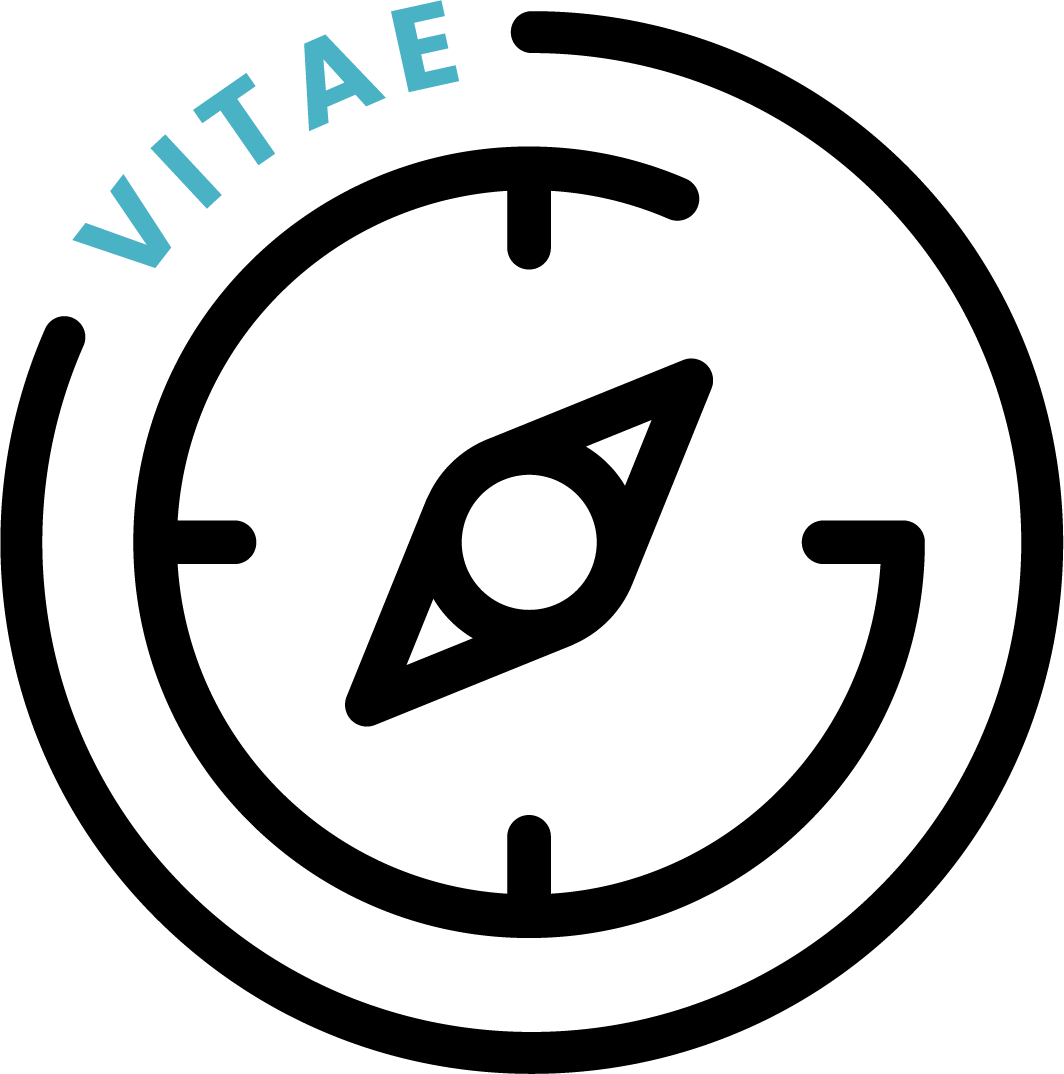The Unconventional Path to Work/Life Balance
It has been said before and it will be said again, work life balance is a myth. We are one whole person — who experiences both life and work. With technology increasing its capability and thereby our productivity and accessibility — our down time is taking a downturn. Even in the most private of locations, people are still connected — it is estimated that 61% of people use their phone in the toilet.
Today we are facing increasing pressure from all angles — trying to do more with less and most of us are feeling the effects. So how do we find a balance in a fast-paced technology enabled world? How do we bring things to a state of equilibrium? Very simply, I think we need to change the conversation. Work life balance is simply making it work.
There is a lot of material about how to work smarter and tips for being balanced, but while all helpful, they overlook the individualism that is associated with balance. Dr Hans Selye, the Nobel Prize nominee physician who first identified and diagnosed stress; argues the balancing of life and it’s stresses (work being the most common stress source in our modern world) is individualistic, and requires an individualistic approach. Your work/life balance, is the balance that you reach factoring in all that your life and profession demands. It is specific and individual.
So how can you stop yourself becoming overwhelmed with all that needs to be done? And how do you set healthy boundaries to ensure things remain balanced? Primarily it starts with how you set your boundaries.
The Work/Life Balancing Tool
To find your individual healthy balance between work (your job/business/career) and your life (relationships, family, friends, sport, socialising, hobbies) you have to be clear on what is on the scales. The work/life balancing tool, is a tool we use with our clients at Vitae, to help find and maintain their equilibrium.
- Write a list, with one heading beginning ‘work’ and the other ‘life’. List all the elements of work and any associated work related activities (not what your job entails but what you do outside of working hours for your job) e.g. work networking, advisory work, volunteering, setting up a side business etc.
- Then write your ‘life’ list — all the elements that make up your life (naturally excluding work).
- Now you have your lists go through and rank how much time daily (weekday) you would like to give each of these activities. NB: If you aim to sleep 8 hours a night you then have 16 hours in a working week day. On average, you’ll be working 10 hours a day so bare in mind that only leaves between 6 hours for ‘life’ during a weekday. If you have a partner (romantic) and/or business partner see if you can do this with them. You’ll soon see what is getting most of your attention.
- Once you have done that, check in with your energy. Rank each sub area, in both the ‘work’ and ‘life’ lists from 1–5.
5 = makes you happy and leaves you energised. 1 = makes you sad/upset/angry and leaves you feeling drained.
What do you notice? What makes you happy and energised? What are you doing that actually doesn’t serve you or is hugely time consuming and draining? Where you can, start reducing all things two and below.
Once you have completed this view, for the next four weeks try and stick to your allocated hours and keep track of what happens. To do this, lock all time allocated into your schedule/diary so you remain accountable and start practicing your desired changes. If you can, keep a journal to capture your mood and map the changes. The journal is an optional reflection tool that will give you the real-time insights to maintain your own balance. If journaling isn’t your thing and you’re a tech savvy kind of gal you can set goals from Google Calendar.
I know you’re probably now worrying about when you will find time to do this. But if you are to find a balance, you will need to make time to stop and reset. Taking the time to prioritise your time is better than wasting hours, days and sometimes years being out of balanced a stressed out.
We are never going to be able to eliminate all stresses from trying to balance work and life. Nor should we have to. Time is a constant for us all. You cannot create more time, but you can change how you use and perceive it.
Viewing yourself as a whole person, who integrates work and life to simply make it work for you — rather than juggle by others’ standards changes your attitude and gives you a sense of control. Which is a lot of what the mind needs to take negative stressors and turn them into positive ones. Changing your attitude along with these practical steps above will truly make your work/life balance truly work.
